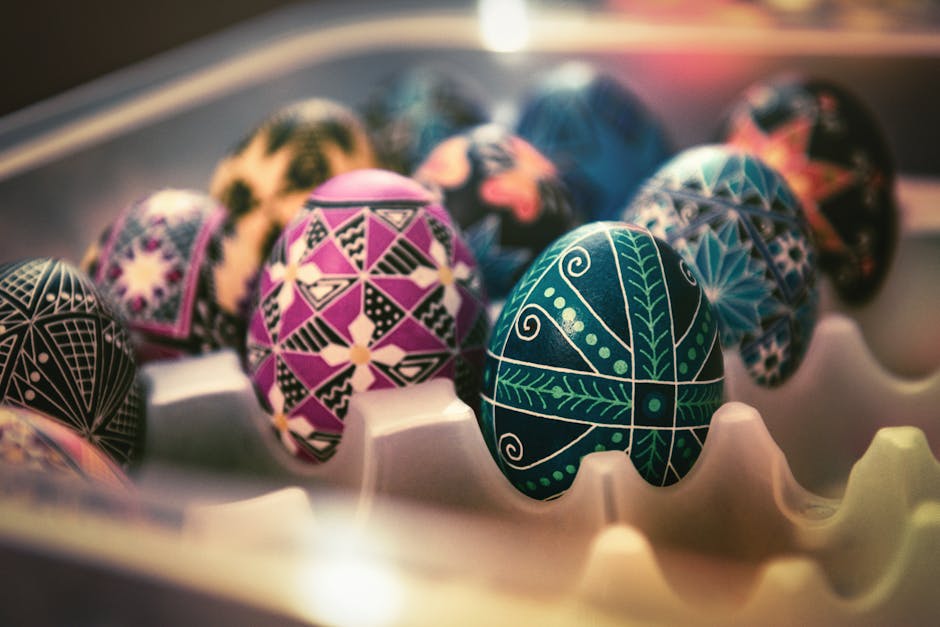
Exploring Shibori Dyeing Patterns: Techniques and Inspirations
Introduction to Shibori Dyeing
Shibori is a traditional Japanese fabric dyeing technique that involves binding, folding, twisting, or compressing fabric before applying dye. This method creates unique and intricate Shibori dyeing patterns that are highly valued in textile arts.
Popular Shibori patterns and Their Meanings
Some of the most beloved Shibori patterns include Arashi (storm), Kanoko (frog), and Kumo (cloud). Each pattern is achieved through specific folding and binding techniques, creating distinctive visual effects.
Techniques for Creating Shibori dyeing patterns
- Bound Shibori: Involves tightly binding fabric with thread or rubber bands to form geometric shapes.
- Pole Wrapping: Wrapping fabric around a pole and binding sections creates textured stripes.
- Fold and Clamp: Folding fabric and clamping parts can produce linear and symmetrical patterns.
Contemporary Applications and Inspirations
Modern artists incorporate Shibori techniques into fashion, home decor, and art. The versatility of patterns allows for endless creative possibilities, from subtle textures to bold statements.
Getting Started with Shibori
To try making your own Shibori, gather natural fabric, dye, and basic binding tools. Experimenting with different folding and binding methods will help you discover unique patterns and effects.
